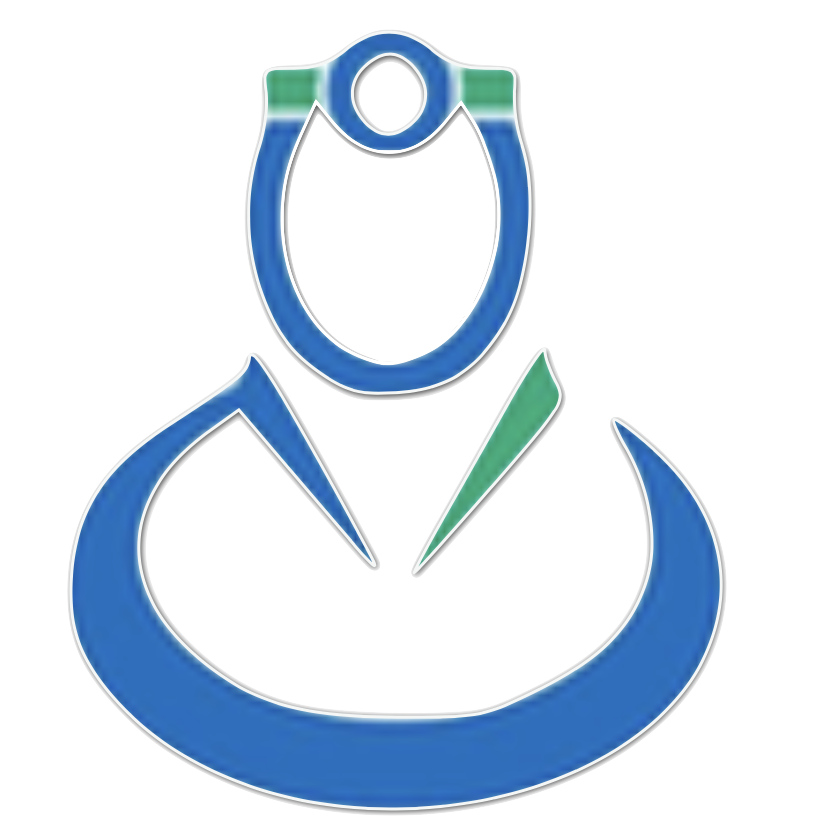In today’s fast-paced healthcare environment, doctors are faced with the daunting task of navigating through vast amounts of patient data to make informed decisions. Traditional user interfaces in Health Electronic Records (EHRs) often rely heavily on written language and tables, making it challenging for healthcare professionals to quickly identify trends and key information. However, the integration of AI-driven dashboards in EHR systems has the potential to revolutionize the way doctors interact with patient data, enabling faster and more effective recognition of patterns and critical insights.
The Power of Visual Data Presentation
One of the key advantages of incorporating dashboards in EHR user interfaces is the ability to leverage analog and visual data presentation schemes. Just as stock traders rely on intuitive visualizations to make split-second decisions, healthcare professionals can benefit from similar techniques to quickly grasp the essence of a patient’s history and current problems. By presenting data in the form of interactive charts, graphs, and timelines, dashboards can transform complex numerical and textual information into easily digestible visual representations.
Imagine a doctor being able to view a patient’s vital signs, medication history, and lab results in a single, comprehensive dashboard. Instead of sifting through pages of text and tables, the doctor can quickly identify trends, spot anomalies, and make data-driven decisions. Visual cues, such as color-coding and iconography, can further enhance the user experience by highlighting critical information and drawing attention to potential issues.
The Role of AI in Enhancing EHR Dashboards
Artificial Intelligence (AI) plays a crucial role in taking EHR dashboards to the next level. By leveraging advanced algorithms and machine learning techniques, AI can analyze vast amounts of patient data in real-time, identifying patterns and correlations that might otherwise go unnoticed. This intelligent data processing can help doctors gain valuable insights and make more accurate diagnoses.
For example, an AI-powered dashboard could automatically detect early warning signs of a potential health crisis, such as a sudden change in vital signs or an adverse reaction to medication. By proactively alerting healthcare professionals to these red flags, AI can facilitate timely interventions and improve patient outcomes.
Moreover, AI can personalize the dashboard experience for each doctor based on their specific needs and preferences. By learning from a doctor’s interactions with the EHR system, AI can adapt the dashboard layout, prioritize relevant information, and provide customized recommendations. This tailored approach can significantly enhance the efficiency and effectiveness of patient care.
The Future of EHR User Interfaces
As the healthcare industry continues to embrace digital transformation, the integration of AI-driven dashboards in EHR systems is poised to become a game-changer. By harnessing the power of visual data presentation and intelligent data processing, these dashboards can empower doctors to make more informed decisions, streamline workflows, and ultimately improve patient outcomes.
However, implementing such advanced dashboards requires a collaborative effort between healthcare professionals, EHR vendors, and AI experts. It is crucial to ensure that the dashboards are intuitive, user-friendly, and aligned with the specific needs of healthcare providers. Additionally, robust data privacy and security measures must be in place to protect sensitive patient information.
As we look towards the future, the potential for AI-driven dashboards in EHR systems is immense. By embracing this technology, we can revolutionize the way doctors interact with patient data, enabling them to provide more personalized, efficient, and effective care. It is an exciting time for the healthcare industry, and the integration of AI in EHR user interfaces is just the beginning of a transformative journey towards better patient outcomes and a more data-driven approach to healthcare.
by Jose A Cisneros, MD,PhD


Recent Comments